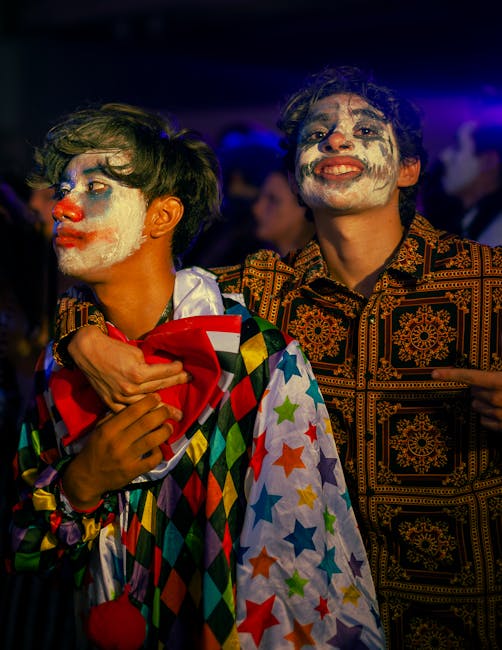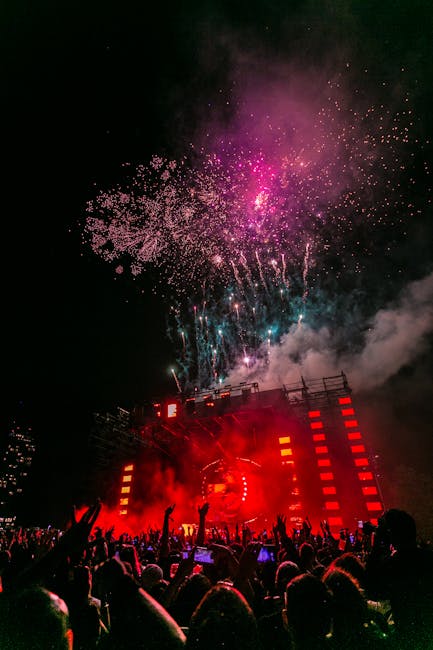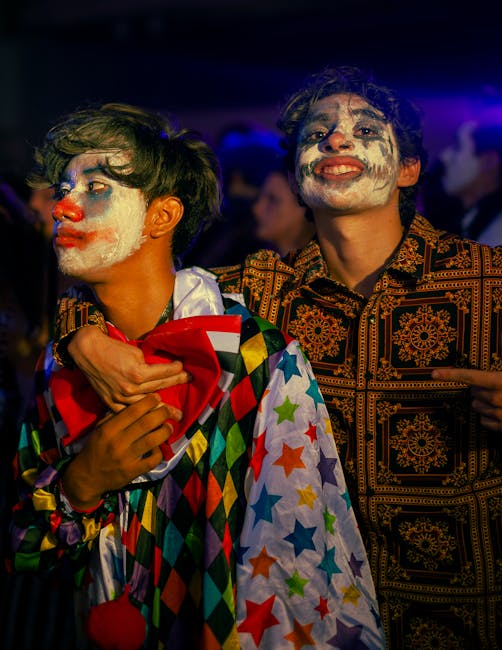What is a Rave? Unpacking the Definition
The word “rave” conjures images of pulsating lights, hypnotic beats, and a sea of ecstatic dancers. But beyond the vibrant visuals, the definition of a rave encompasses a rich cultural tapestry woven from music, community, and a unique ethos. It’s more than just a party; it’s a subculture with its own history, language, and social dynamics. This comprehensive guide delves into the heart of what defines a rave, exploring its evolution, key characteristics, and lasting impact.
A Brief History of the Rave Scene
The roots of the rave scene can be traced back to the late 1980s in the UK, emerging from the burgeoning acid house movement. Acid house, characterized by its distinctive 303 synthesizer sound, provided the sonic backbone of these early gatherings. These initial raves, often held in clandestine locations like warehouses and fields, offered a stark contrast to the mainstream club scene. They were characterized by their illegal nature, their emphasis on community and freedom of expression, and the unifying power of the music. The energy was infectious, and the movement quickly spread across the globe, adapting and evolving along the way.
Key Elements Defining a Rave
While the specifics can vary widely, several key elements consistently define the rave experience:
- Electronic Dance Music (EDM): Raves are almost universally centered around electronic dance music, encompassing a broad range of genres including house, techno, trance, drum and bass, and many subgenres. The music is the driving force of the experience, setting the tone and fueling the energy of the dance floor.
- Immersive Atmosphere: The visual aspect is crucial. Raves typically feature elaborate lighting displays, laser shows, and often, visual artists creating dynamic projections and installations. This immersive environment contributes significantly to the overall sensory experience.
- Community and Collective Identity: A strong sense of community is integral to rave culture. Attendees often embrace a shared identity, transcending social barriers and fostering a feeling of unity and acceptance.
- All-Night Events: Raves are typically marathon events, lasting for many hours, often stretching into the early morning. This extended duration allows for a deep immersion into the music and the communal atmosphere.
- Dance and Movement: Dance is central to the rave experience. It’s a physical manifestation of the music, a way for participants to express themselves and connect with others.
- Location and Setting: While early raves were often held in secret locations, more modern raves take place in established venues like warehouses, festivals, or clubs. The setting often plays a role in shaping the atmosphere and experience.
Beyond the Music: The Rave Culture
Rave culture is more than just the music and the party; it’s a subculture with its own values and ethos. Key aspects include:
- PLUR (Peace, Love, Unity, Respect): This acronym embodies the core values often associated with rave culture. It emphasizes inclusivity, respect, and a positive atmosphere.
- Freedom of Expression: Raves are spaces where individuals can express themselves freely, often through clothing, body art, and dance.
- Escapism and Transformation: For many, raves offer an escape from daily life, a chance to shed inhibitions and experience a sense of transformation.
- Experimentation: Raves often provide a context for experimentation with new experiences, including music, dance, and social interactions.
The Evolution of the Rave Scene
The rave scene has undergone significant evolution since its inception. Early illegal warehouse parties have given way to large-scale festivals and organized events. Technological advancements have impacted the music and visual aspects, while the rise of social media has facilitated the spread of information and community building. However, the core tenets of community, freedom of expression, and the power of music have largely endured.

Raves Today: A Global Phenomenon
Today, raves are a global phenomenon, with thriving scenes in cities and countries around the world. Large-scale festivals, such as Tomorrowland and Ultra Music Festival, draw hundreds of thousands of attendees. Meanwhile, smaller, more intimate gatherings continue to maintain the underground spirit of the early rave movement. The diversity of genres, styles, and locations reflects the ongoing evolution of this vibrant subculture.

The Impact and Legacy of Rave Culture
Rave culture has left an undeniable mark on popular culture, influencing music, fashion, art, and social attitudes. Its emphasis on community, freedom of expression, and inclusivity continues to resonate with many. Its legacy is a testament to the power of music to unite people and create shared experiences.

Understanding the Different Types of Rave Events
Not all raves are created equal. Different subgenres of electronic music often lead to unique experiences. A techno rave will feel vastly different from a drum and bass rave, for example. Understanding these nuances can help you find the kind of rave experience that suits your preferences.
Finding and Attending a Rave: Safety and Etiquette
If you are interested in attending a rave, research is key. Ensure the event is legitimate and safe. Familiarize yourself with the venue, the music, and the overall atmosphere. Respect the PLUR ethos and be mindful of your surroundings and fellow attendees. Stay hydrated, take care of yourself, and most importantly, have fun!

